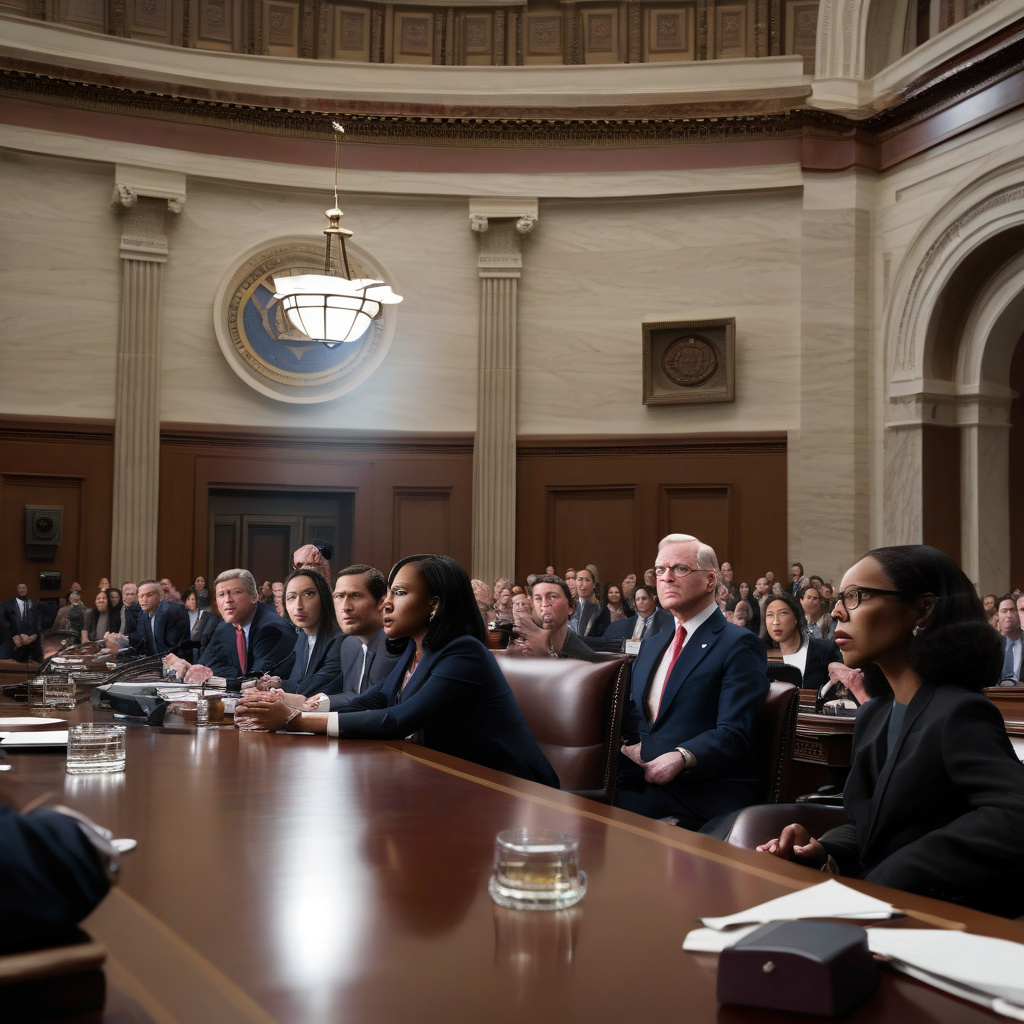The recent warning from prominent tech CEOs about the outdated US power grid posing a threat to AI ambitions is a wake-up call that must not be ignored. As leaders from major AI companies raise concerns about the inadequacy of the current infrastructure to support the energy requirements of AI technologies, it becomes evident that urgent action is needed to ensure the country’s competitiveness in the global tech race.
During the upcoming Senate hearing led by US Senator Ted Cruz, the focus will be on addressing the critical need to modernize the power grid to meet the escalating demands of AI. The statement by Senator Cruz underscores the significance of fostering an environment conducive to AI innovation, emphasizing its role in enhancing national security, job creation, and economic prosperity.
The intersection of AI and energy infrastructure highlights a pivotal juncture where policy decisions can either propel the nation forward or impede its progress in the tech landscape. With the exponential growth of AI technologies, the strain on the existing power grid is becoming increasingly apparent, necessitating immediate remedial measures to avert potential setbacks in the country’s technological advancement.
The implications of an antiquated power grid extend beyond just energy inefficiencies; they pose a direct threat to the realization of AI ambitions that hold the key to unlocking unprecedented opportunities across various sectors. From healthcare to finance, transportation to cybersecurity, AI has the potential to revolutionize industries and drive innovation at an unparalleled pace.
To safeguard America’s position as a frontrunner in AI development, strategic investments in upgrading the power grid are imperative. By fortifying the infrastructure to support the energy-intensive requirements of AI systems, the US can not only sustain its competitive edge but also pave the way for groundbreaking advancements that benefit society at large.
As the Senate convenes to address this pressing issue, collaboration between policymakers, tech leaders, and industry experts will be paramount in formulating a cohesive strategy that aligns technological progress with infrastructural readiness. By heeding the warnings voiced by tech CEOs, the Senate has an opportunity to steer the nation towards a future where AI ambitions are fully realized, bolstering innovation, economic growth, and national prosperity.
In conclusion, the convergence of AI ambitions and the outdated US power grid serves as a poignant reminder of the critical need to bridge the gap between technological innovation and infrastructural support. By harnessing the collective expertise and insights of stakeholders across sectors, the US can navigate this challenge effectively, ensuring that the promise of AI is not hindered by obsolete energy infrastructure. The Senate hearing represents a pivotal moment to chart a course towards a future where America’s AI aspirations are not only safeguarded but propelled to new heights of success and prosperity.

